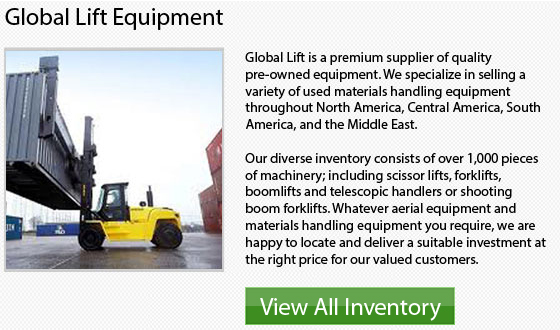
Operating a Standard Counterbalance forklift
1 Prior to utilizing the equipment, carry out a pre-shift inspection. Occupational Safety and Health Administration guidelines do state that pre-shift checklists need to be carried out every day or each shift. Each and every different machine together with its attachments has its own checklist listing steering, brakes, lights, emergency brakes, controls, horn and safety features.
2 Start up the machine and check controls. Primarily ensure your seatbelt is fastened and the seat is firmly in place and adjusted for your comfort. Look beneath the machine after you move it for any indications of leaks. The operation of each kind of forklift is different.
3 The basic operation of a machinery is really compared to a standard vehicle. The forklift has a rear end swing of the lift truck occurs since the truck steers with its rear wheels. Forgetting this information is a major reasons for accidents and injuries to workers. The almost 90-degree turn from the front wheels should be done with great care. These top-heavy machinery have a high center of gravity even without a load. When transporting or lifting a load this top-heaviness is exacerbated.
4 Keep forks near the ground when traveling. Use caution when approaching loads. Be sure the forks line up properly with the pallet. Lift the load only as high as is required, tilting it back to help stabilize the machine. Only drive backwards if the load is so bulky that it obstructs the vision of the driver.
5 Check the wheels on trucks/trailers prior to unloading and loading. Do not travel on inclines, especially when carrying a load. The machinery can tip over on a slope. When driving on an incline is necessary, always drive up the incline and back down. The load should be kept on the uphill side of the truck.
6 The forklift driver should always be in firm control at all times. Tipping over is the main reason for operator injuries. The operator must never try to jump out of the truck in the event of a tip-over. The safest approach is to lean away from the direction of fall while gripping the steering wheel and bracing your feet.